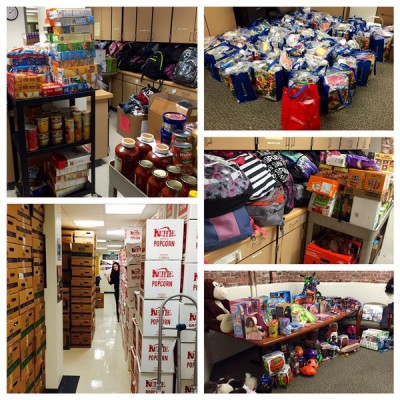Thanks to the internet, I have hopelessly messed up some of the most (supposedly) tasty recipes ever posted: Homemade breads….desserts including many species of cookie…a few things involving breading and frying various other foods…
It is foolish for me to believe that merely following a recipe will net the kinds of results I see on the Food Network.
That, along with my roles as a mentor and leader of teacher PD, is why the headline “Give Weak Teachers Good Lesson Plans, Not Professional Development” caught my eye when it posted in Education Week recently.
The article made a few valid points, including this: Often, the least-effective teachers are so because of ineffective planning, ergo starting with stronger lesson plans is a great remedy. By “least-effective,” I’m talking the lowest 5-10% of the struggling corps.
Unfortunately, that valid point gets buried by this statement toward the end: “Giving teachers lesson plans is also cheaper and easier to scale than other interventions aimed at improving student achievement.”
I can follow a simple recipe, sometimes. I will never be Wolfgang Puck by just following a recipe. What do people who want to truly excel at their cooking do? Take classes. Get a mentor or coach. Collaborate with a peer. If I’m stuck on using a recipe, maybe I need to learn to cook without one…or better yet, learn to write recipes I and others can follow.
I’m a big believer in planning. I have never, not once, used a lesson plan written by someone else. That’s just me, not a wholesale indictment of “planning via Pinterest.” I simply cannot wrap my head around someone else’s script and make it work. I’ve tried, but I end up completely rewriting the recipe on the fly… my students tend to be picky eaters.
The point in all this: Yes, good lesson plans are a must for some teachers just starting their careers, wading into a new grade level or content area, or who are struggling to be effective. The lesson plans should be the starting point, though. Only through deliberate practice, peer support, and (gasp!) well-designed professional development, can we move beyond the recipe. The false dichotomy of “lesson plans” or “professional development” suggested by the article (which also cites that studies reveal almost no impact of PD on test scores) ignores the very real truth that well-structured PD whose practices are implemented with the support of peers, teams, or instructional coaches does in fact have a research-supported positive impact on student learning.
Lest we scrap our PD budgets and start just printing recipes for everyone… let’s remember that we have some pretty talented cooks in our kitchen already. We can, and should, learn from them. “PD” doesn’t have to mean sitting in the cafeteria to watch a PowerPoint. What “PD” looks like has evolved to be much more job-embedded and meaningful…and much more powerful than a few lesson plans printed out from TeachersPayTeachers. When it comes to PD making a difference, the quality of and follow-up provided in concert with the professional learning we experience is what transforms the recipe into a meal to remember.

 .
.